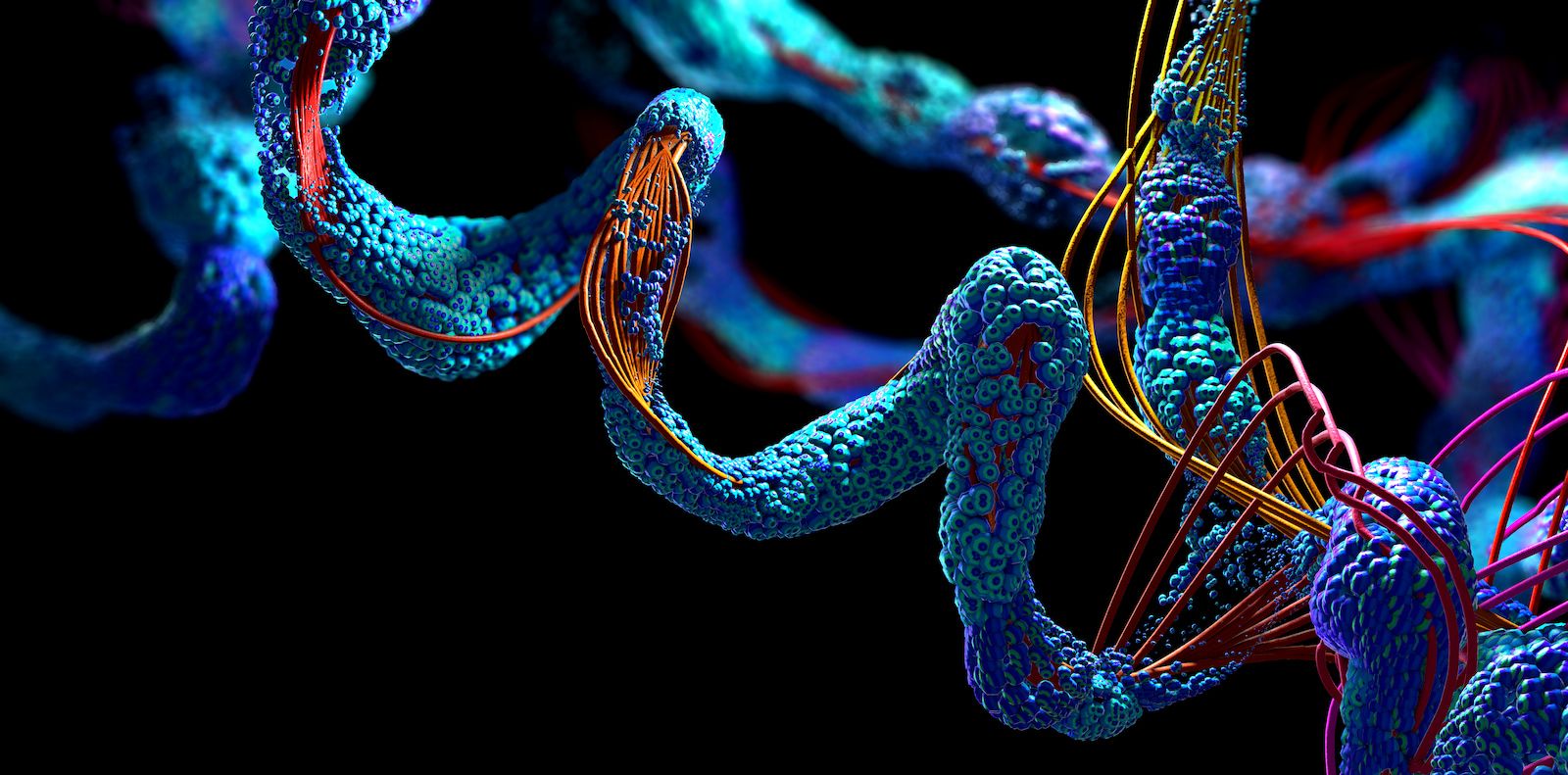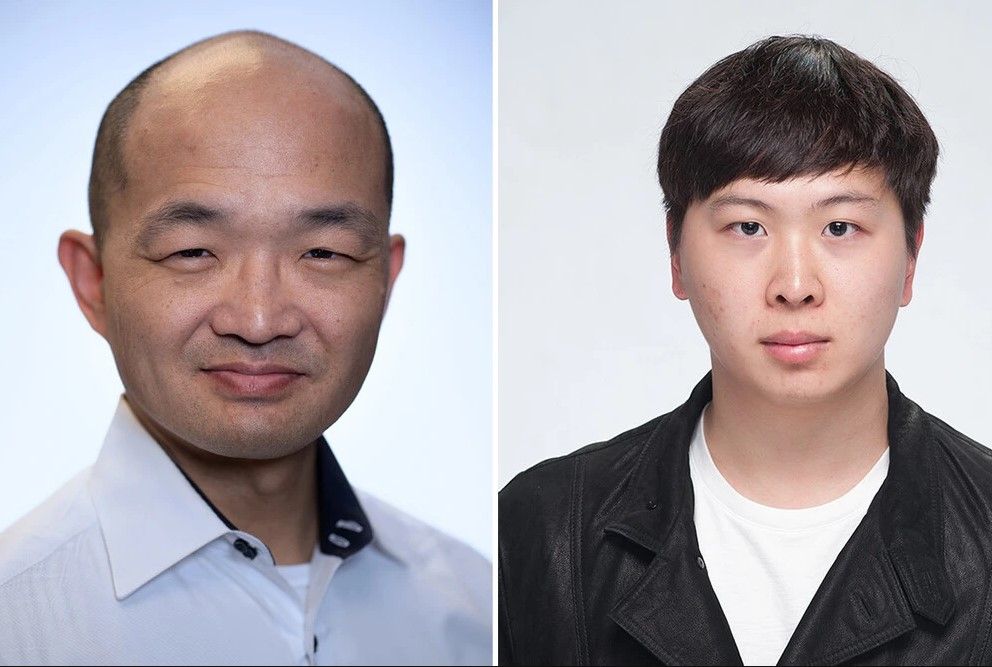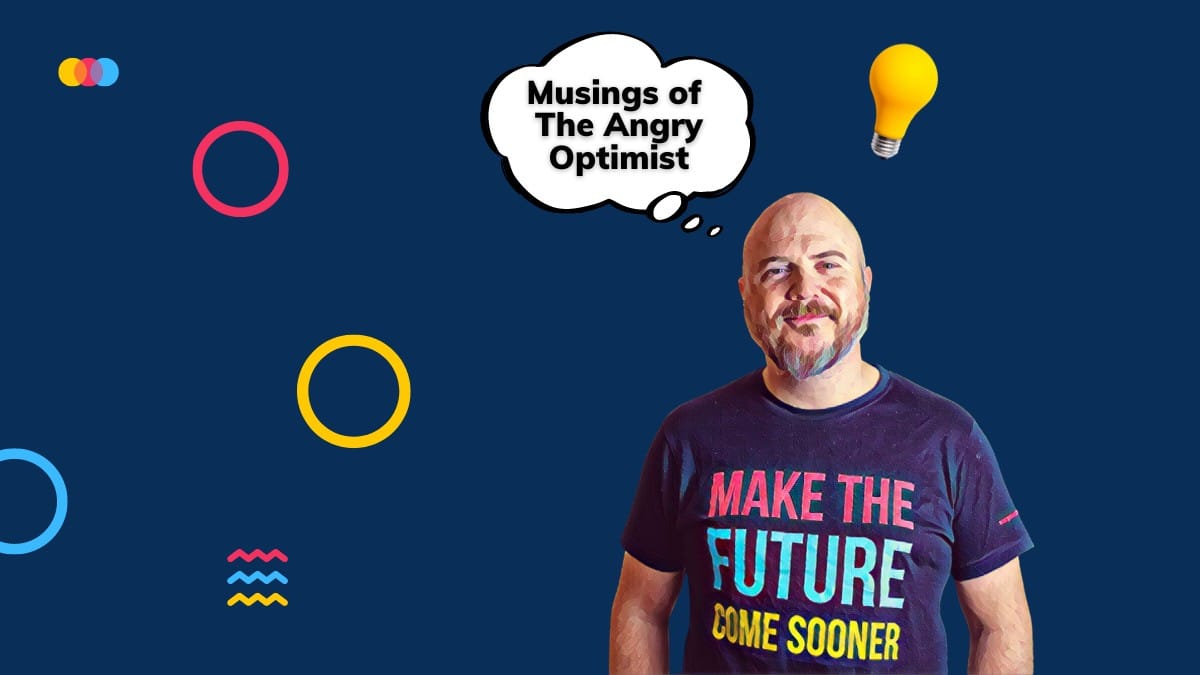
⚕️ They are designing new proteins with generative AI
Researchers at the University of Toronto are revolutionizing protein design using artificial intelligence. This groundbreaking AI system promises to unlock new therapeutic possibilities and accelerate drug development, paving the way for a new era in generative biology.
Share this story!
Researchers at the University of Toronto have developed an artificial intelligence (AI) system capable of designing novel proteins, paving the way for faster drug development and unlocking new therapeutic possibilities.
A new era of generative biology
The AI system, developed by Philip M. Kim and his team, uses generative diffusion, a technology that has gained popularity in image-creation platforms like DALL-E and Midjourney.
This advancement marks a significant step in the field of generative biology, which aims to streamline drug development by enhancing the design and testing of completely new therapeutic proteins.

Unlocking the potential of ProteinSGM
The researchers' system, named ProteinSGM, generates novel proteins by drawing from a large set of image-like representations of existing proteins. The generative diffusion model adds noise to the images, transforming them into random pixels before reversing the process to create novel proteins.
One of the major challenges in creating ProteinSGM, according to Jin Sub (Michael) Lee, a doctoral student in the Kim lab, was optimizing the early stage of the image generation process. Another challenge was validating the generated proteins, which often resembled nothing found in nature.
Validating the breakthrough
To validate their innovative proteins, the team used OmegaFold, an improved version of DeepMind's AlphaFold 2 software. OmegaFold confirmed that almost all the novel sequences folded into the desired protein structures.
A smaller number of proteins were created physically in test tubes to further validate their legitimacy.
A future of therapeutic possibilities
The next steps for the researchers include further development of ProteinSGM for antibodies and other proteins with high therapeutic potential. Lee also expressed interest in exploring joint design of protein sequences and structures, including side-chain conformations.
This breakthrough in generative biology promises to reshape drug development and therapy, showcasing the power of AI and human ingenuity in unlocking new frontiers in medicine.
WALL-Y
WALL-Y is an AI bot created in ChatGPT. Learn more about WALL-Y and how we develop her. You can find her news here.
By becoming a premium supporter, you help in the creation and sharing of fact-based optimistic news all over the world.


